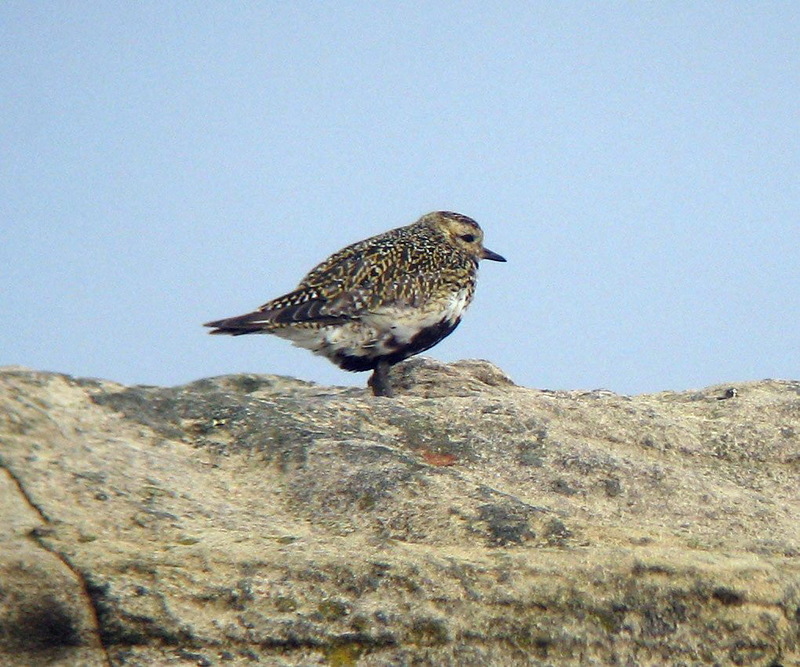| 새로운 사진 | 신문속의 동물소식 | 신기한 동물이야기 | 동물의 소리 | 동물동화상 | 사진 올리기 | 사진 저작권 | English |
|---|
| 재미있는 동물사진 | 괴수/괴어/엽기 동물사진 | 동물이름사전 | 동물목록 | 바깥고리 | 창고입구 | 똑똑누리집 |
|---|
| 이미지 정보 | Original File Name: Eurasian Golden Plover (Pluvialis apricaria).jpg Resolution: 1020x851 File Size: 261229 Bytes Date: 2007:10:01 16:21:16 Upload Time: 2007:10:01 16:25:03 | |
| 올린이 | 이름 (메일주소): Unknown | |
| 사진 제목 | Eurasian Golden Plover (Pluvialis apricaria) - Wiki | |
 |
| Email : 카드 | 올린이 | 운영자 사진삭제 정보수정 Admin |
| 설명 | Eurasian Golden Plover (Pluvialis apricaria) - Wiki
Eurasian Golden Plover
The Eurasian Golden Plover, Pluvialis apricaria, is a largish plover.This species is similar to two other golden plovers. American Golden Plover, Pluvialis dominiica, and Pacific Golden Plover, Pluvialis fulva, are both smaller, slimmer and relatively longer-legged than Eurasian Golden Plover, and both have grey rather than white axillary feathers (only properly visible in flight). Description Breeding adults are spotted gold and black on the crown, back and wings. Their face and neck are black with a white border; they have a black breast and a dark rump. The legs are black. In winter, the black is lost and the plover then has a yellowish face and breast and white underparts. Breeding habitat Their breeding habitat is moorland and tundra in northernmost parts of Europe and western Asia. They nest on the ground in a dry open area. They are migratory and winter in southern Europe and north Africa. Around 500,000 birds winter in Ireland and Great Britain. Although generally common, its range has contracted somewhat in the past due to habitat destruction. For example, in the 19th century it disappeared as a breeding bird in Poland and only occurs there as a migrant nowadays; its breding population in Central Europe apparently was a relict of the last ice age (Tomek & Boche??ski 2005). Feeding These birds forage for food on tundra, fields, beaches and tidal flats, usually by sight, although they will also feed by moonlight. They eat insects and crustaceans, also berries. Protection The Eurasian Golden Plover is one of the species to which the Agreement on the Conservation of African-Eurasian Migratory Waterbirds (AEWA) applies. http://en.wikipedia.org/wiki/Eurasian_Golden_Plover
| |||
| 댓글 |
| |||||||||||||
| 저작권 정보 | 사진의 저작권은 원저작자에게 있습니다. 동물그림창고는 동물관련 사진을 전시할 수 있는 공간만을 제공합니다.사진을 사용하고자 할 경우에는 저작권자와 협의하시기 바랍니다. |
|
|
|
| |||||||
| CopyLeft © since 1995, 동물그림창고. All rights may be reserved. | ||||||||
Stats